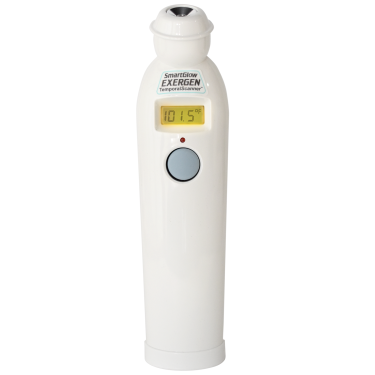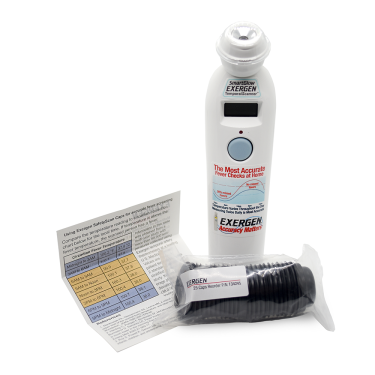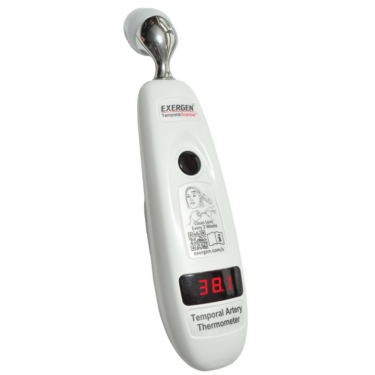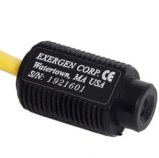There’s a new Covid variant in town, Nimbus (NB.1.8.1). Healthcare professionals describe it as an offshoot of Omicron. It was first detected in January in China. Since then, it traveled across Asia and has arrived in the U.S. According to the CDC, it accounts for about 43 percent of Covid cases.
What makes Nimbus unique?
It spreads quick and slips past immunity from past infections and vaccines more easily than earlier strains. However, it is not leading to a spike in hospitalizations or deaths.
What does Nimbus feel like?
The most prominent symptom is a razor-sharp sore throat. It is often described as feeling like swallowing metal shards. It can be accompanied by a hoarse voice, dry cough, and shortness of breath. Other symptoms include fever, chills, fatigue, muscle aches, congestion, and, in rare cases, a loss of taste or smell.
Since fever is one of the main symptoms, it is important to take regular temperature checks with thermometers. For example, Exergen’s Temporal Artery Thermometer to ensure that you get a clear picture of any changes in your body temperature. This thermometer is easy to use, and with a gentle swipe across your forehead you get quick and accurate reading with minimal hassle.
Regarding treatment, the approach remains familiar, get plenty of rest, stay hydrated, and manage symptoms. For the sore throat, healthcare professionals suggest warm tea (not hot), humidifiers, saltwater gargles, soft foods, and menthol or benzocaine lozenges for temporary relief. If symptoms worsen, seek medical attention. Many recover within two weeks, however fatigue and shortness of breath can linger.
Nimbus is fast-moving but mild, more like a bad cold than a serious illness. Stay informed, take care of yourself, and as always, keep an eye on what variant might be coming next.
Sources,
EXERGEN P/N 850487





